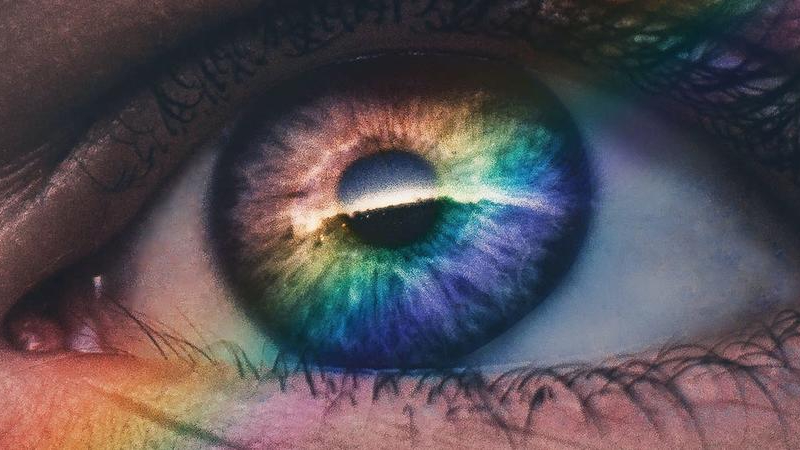
Biocompatible glue for corneal repair is a sight for sore eyes
UC Riverside
A biocompatible, antimicrobial adhesive for corneal repair and grafting could replace sutures and conventional adhesives with bad side effects. UC Riverside professor Iman Noshadi is working to develop an adhesive that rapidly integrates corneal cells to speed healing and reduce the chances of secondary infection and complications.
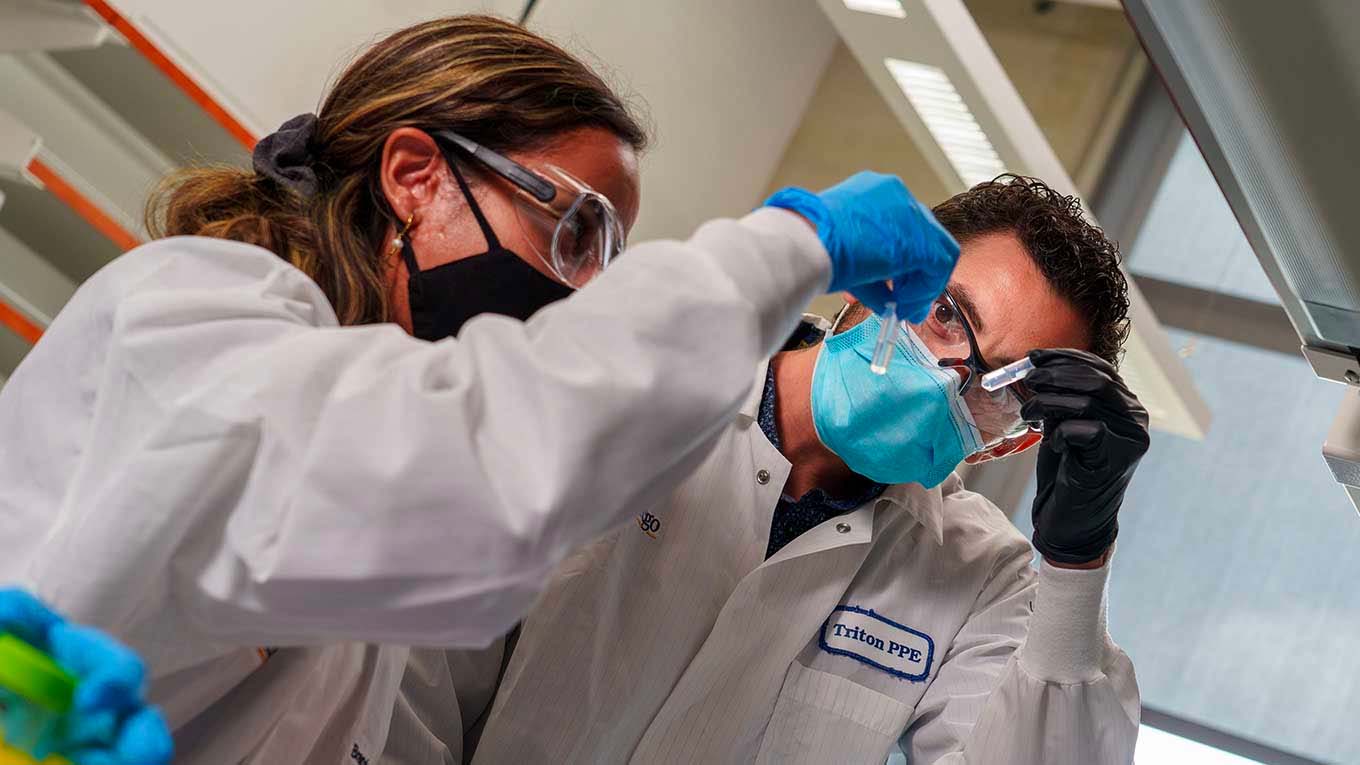
Developing sex-specific treatments for heart disease
UC San Diego
As a heart fails, a woman's ventricular wall increases in thickness relative to a man's. And in heart valve disease, men show more calcified tissue growth, while women develop more fibrotic, scar-like tissue. Yet, treatments for both diseases remain strikingly similar for both men and women, despite the differences in disease progression.

New Imaging Technology May Reduce Need for Skin Biopsies
UCLA
Instead of surgically removing a sample of skin, sending it to a lab and waiting several days for results, your dermatologist takes pictures of a suspicious-looking lesion and quickly produces a detailed, microscopic image of the skin. This could become routine in clinics, the result of a new “virtual histology” technology being developed by researchers at UCLA.
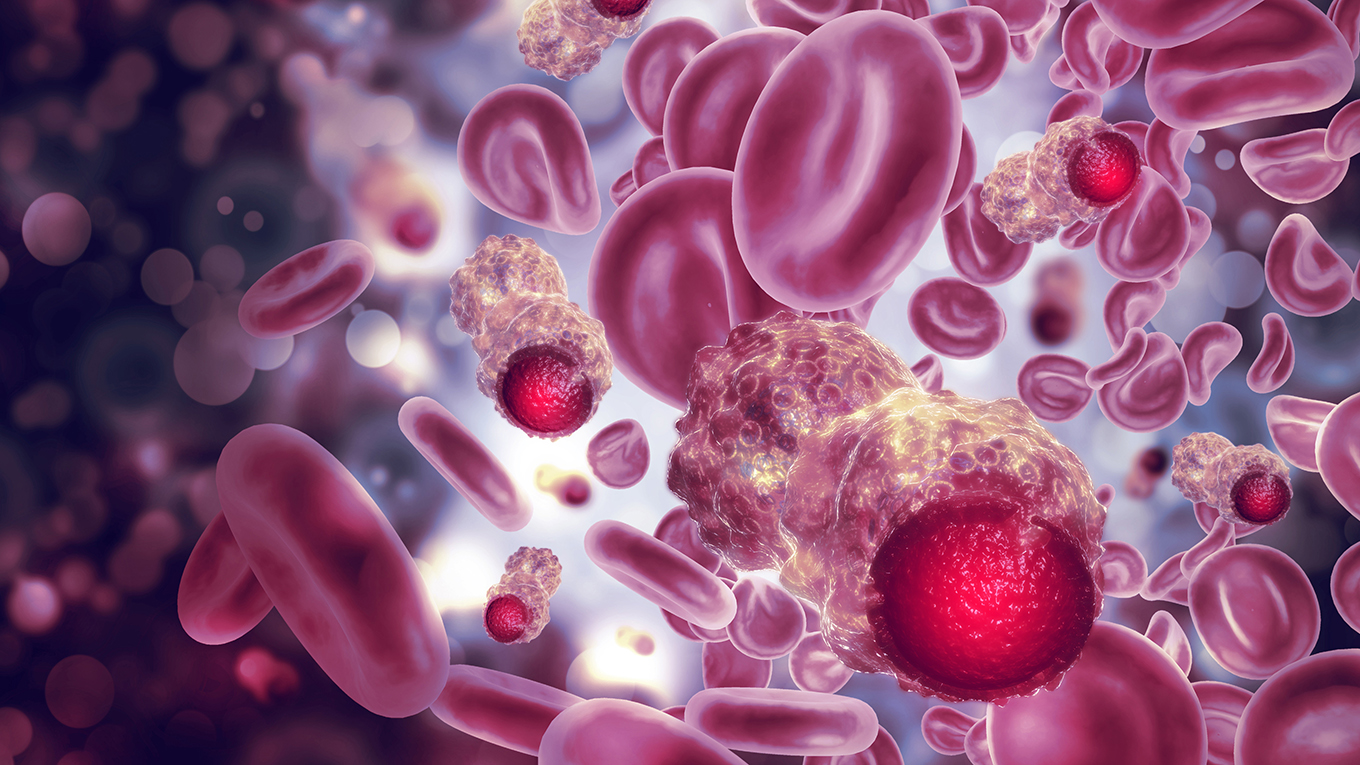
Using machine learning to detect early-stage cancers
UC Berkeley
Diagnosing cancer early on can improve a patient’s treatment and prognosis. But detecting cancer in its first stage can be difficult, and current screening methods often require invasive procedures or expensive imaging equipment to identify the initial signs of disease.
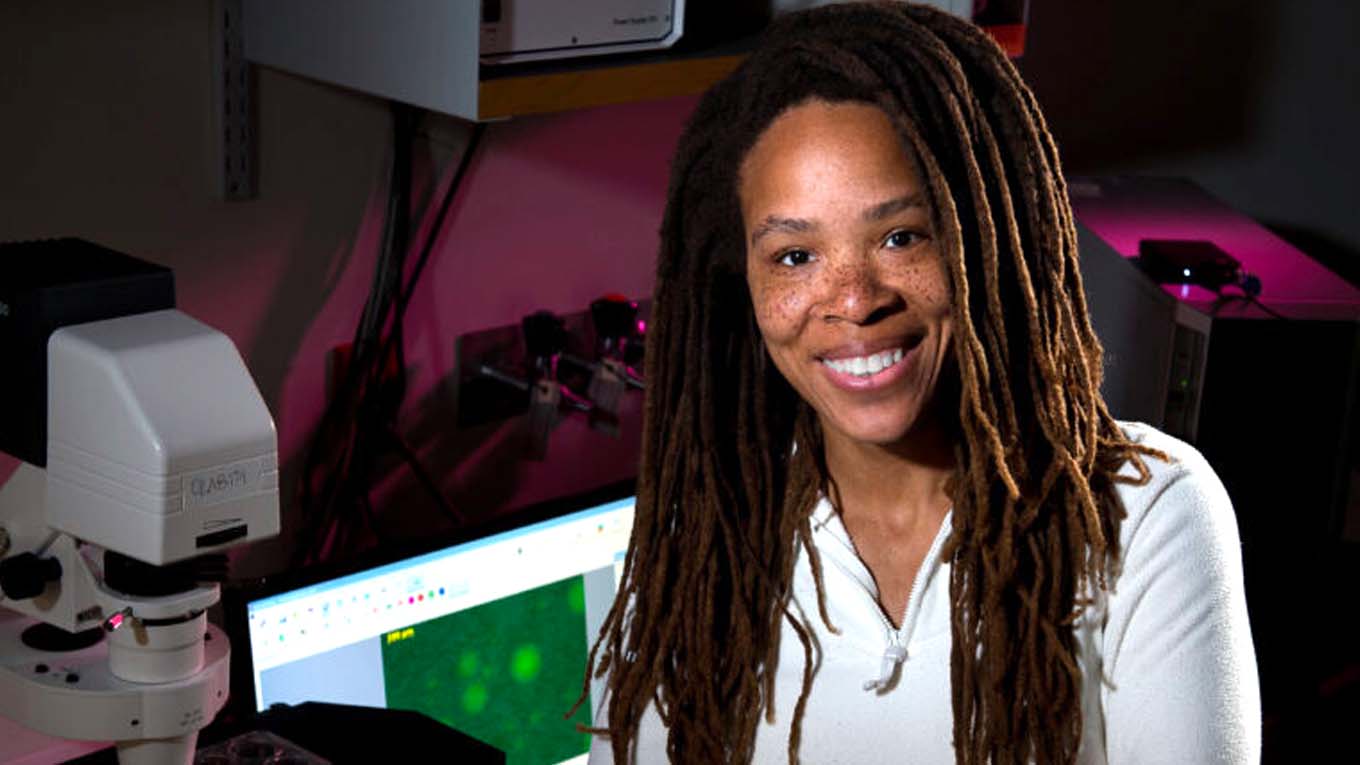
Helping Humans Heal
UC Irvine
In a lab on the upper floors of Engineering Hall, something is growing. It’s not a plant. And it’s not an animal.
What Ronke Olabisi is growing in her lab is us. From new skin and retinal tissue to hearts and livers, she’s developing the tools to rebuild and repair the human body.

A new way to find genetic variations removes bias from human genotyping
UC Santa Cruz
Scientists have long recognized that a single reference genome cannot represent human diversity and that using it introduces a pervasive bias into these studies. Now, they finally have a practical alternative.
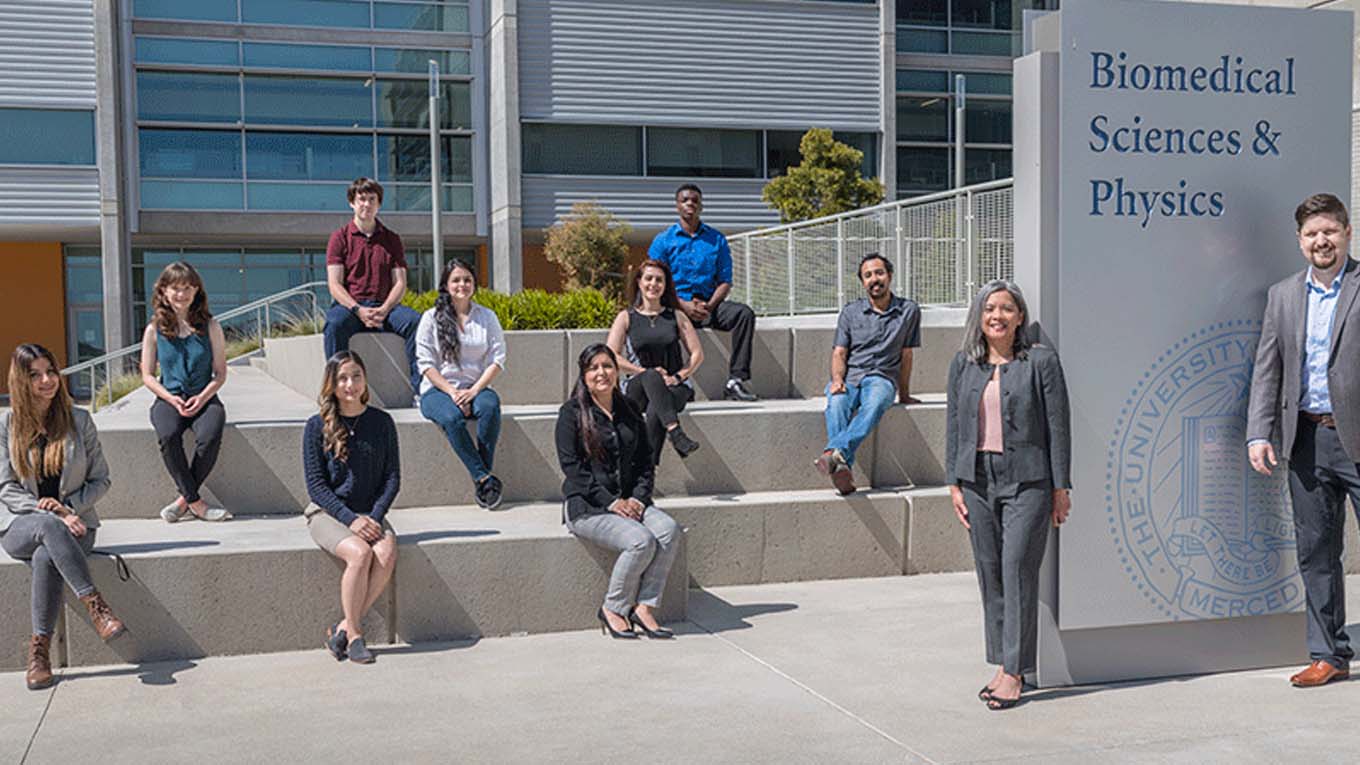
Collaboration Furthers Understanding of Immune Cell Development
UC Merced
Immunology Professor Jennifer Manilay and bioengineering Professor Joel Spencer are using a new grant from the National Institutes of Health (NIH) to expand a project they’ve been working on for the past two years—delving into the immune systems of living mice to see how B-cells develop under different circumstances.

Alumna Plays Critical Role in Developing Pfizer-BioNTech COVID-19 Vaccine
UC Santa Barbara
Nearly 240 million doses of the Pfizer-BioNTech COVID-19 vaccine have been administered in the United States. A key member of the vaccine development effort at Pfizer was Nikki Schonenbach, who received her PhD in chemical engineering from UC Santa Barbara in 2017.
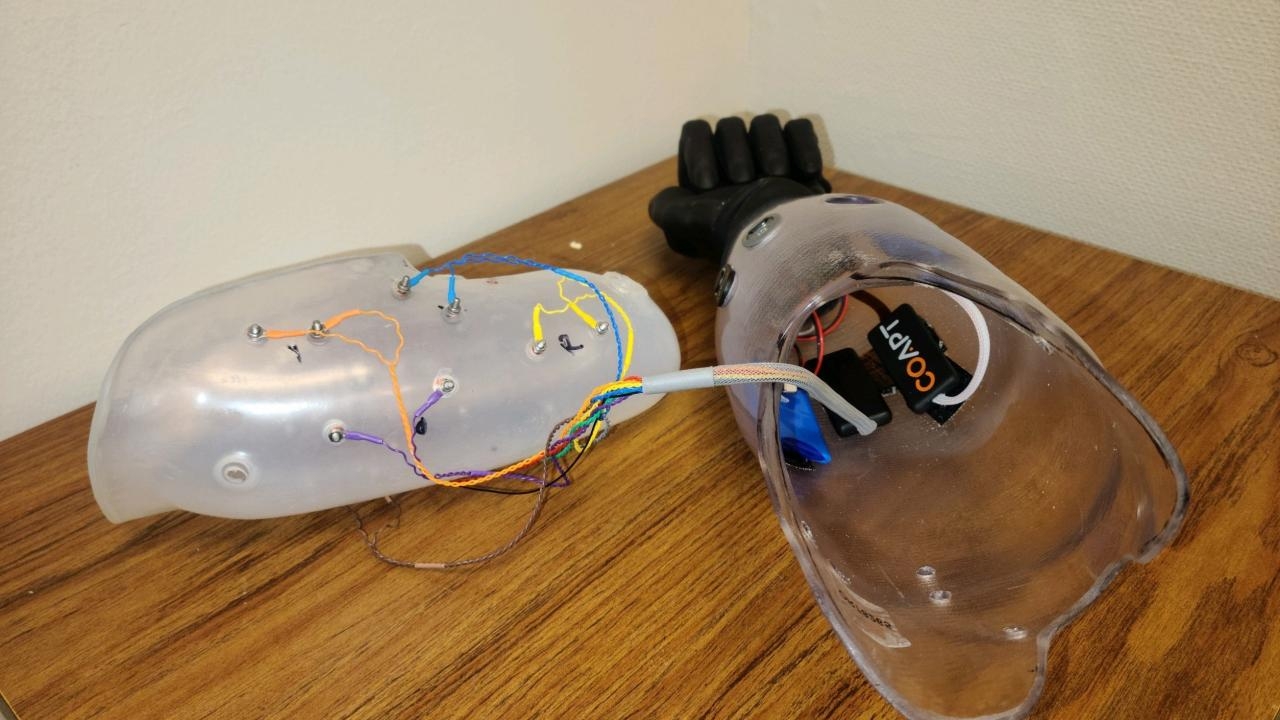
Cross-campus collaboration leads to ‘smart prosthetics’ for amputee patients
UC Davis
An interdisciplinary team of UC Davis scientists and plastic and reconstructive surgeons is collaborating to help improve quality of life for patients with upper limb amputations.
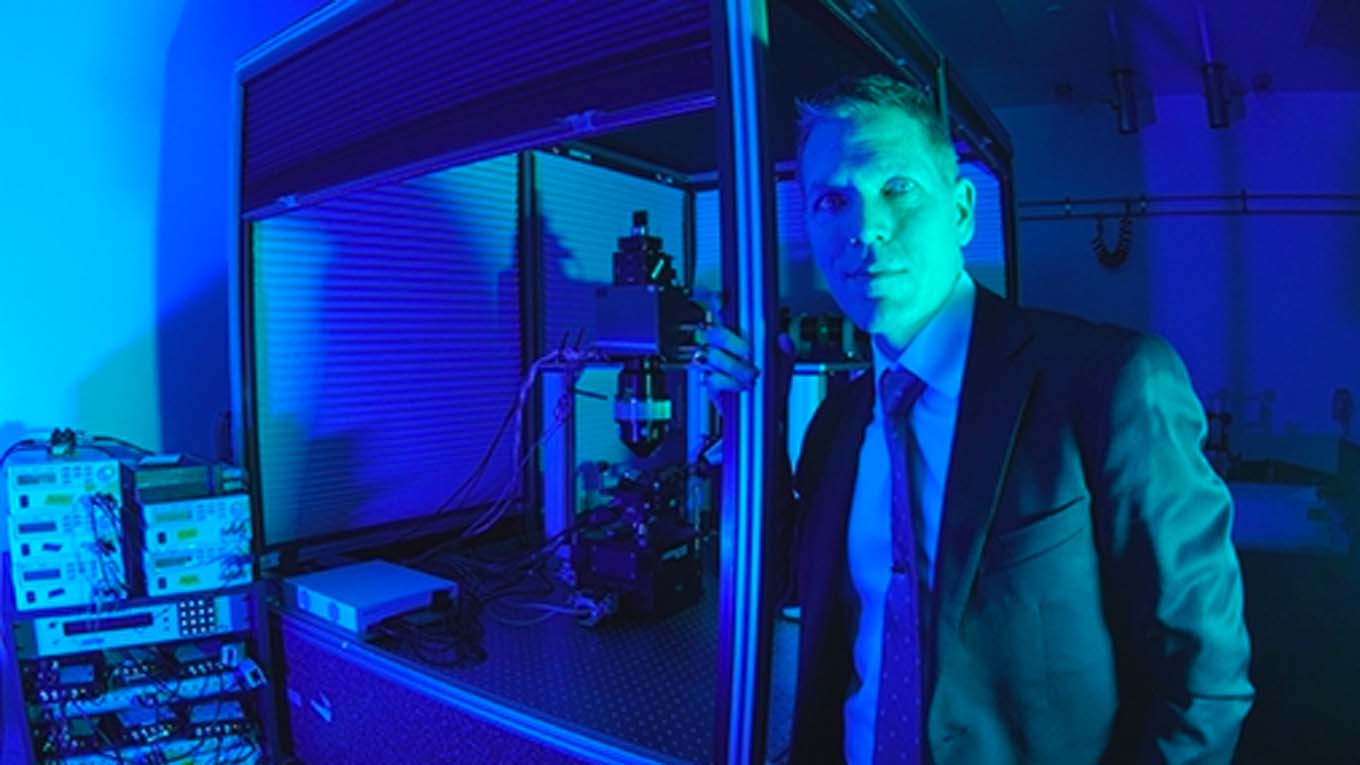
A New Microscope for Imaging Neural Circuitry
UC Santa Barbara
Advancing our understanding of the human brain requires new insights into how neural circuitry works in mammals, including laboratory mice. These investigations require monitoring brain activity with a microscope that provides resolution high enough to see individual neurons and their neighbors.
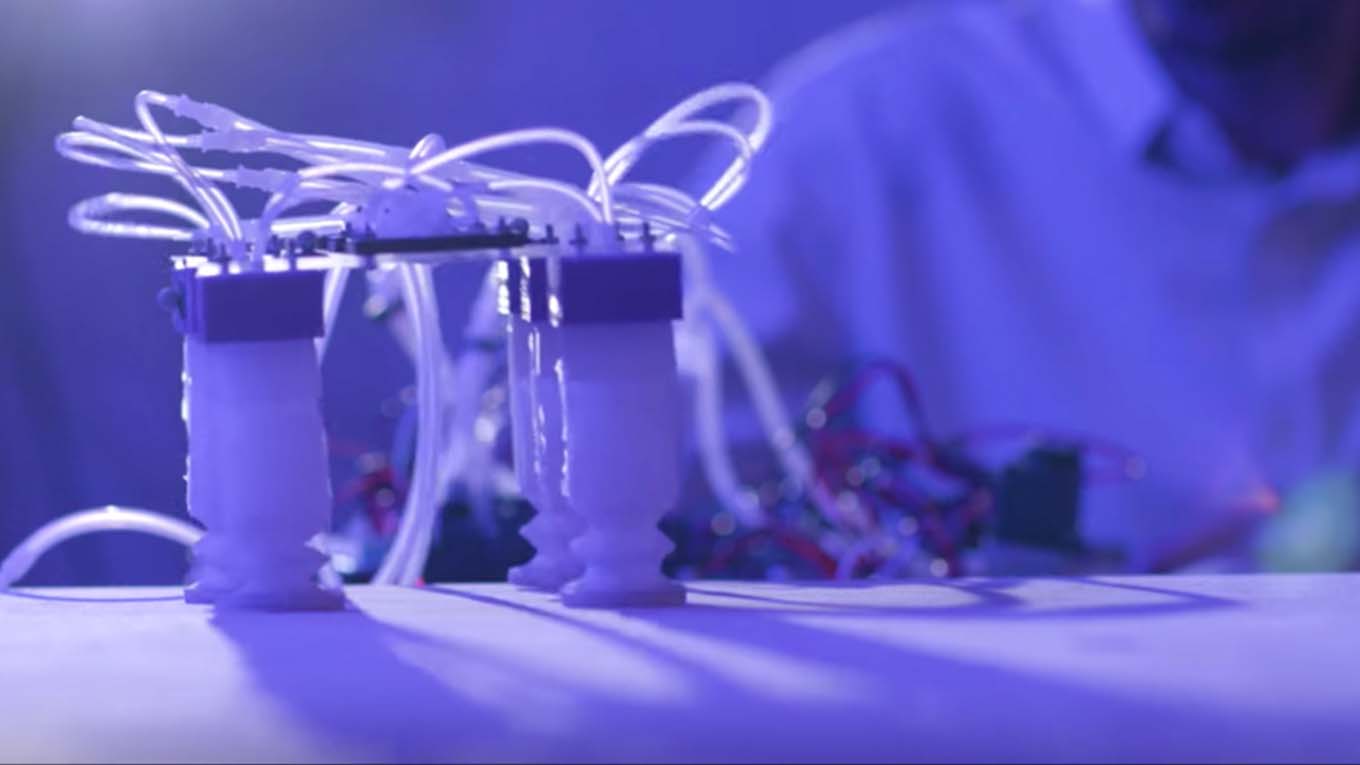
Robotic assistive device will lend a helping hand to infants with movement difficulties
UC Riverside
Researchers at UC Riverside have received a $1.5 million grant from the National Science Foundation to develop a robotic assistive device to help infants with movement difficulties. The soft wearable device will fit over little arms to support them or offer an extra boost in their movements.

How much wildfire smoke is infiltrating our homes?
UC Berkeley
In a new study, scientists from the University of California, Berkeley, used data from 1,400 indoor air sensors and even more outdoor air sensors included on the crowdsourced PurpleAir network to find out how well residents of the San Francisco and Los Angeles metropolitan areas were able to protect the air inside their homes on days when the air outside was hazardous.
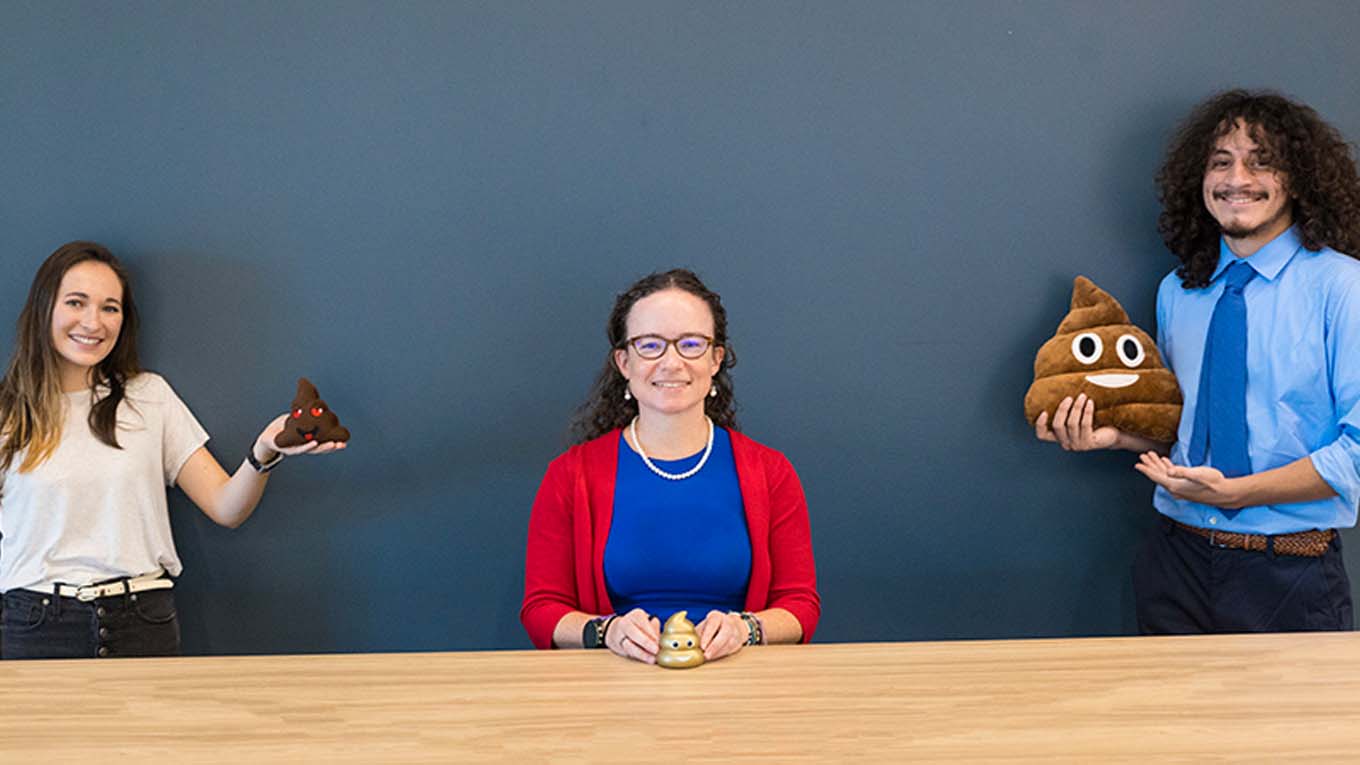
Naughton Lab Creates Dashboard to Track Global Wastewater Testing for Covid-19
UC Merced
After the COVID-19 pandemic struck, scientists across the globe realized they could track the virus by testing sewage water. School of Engineering Professor Colleen Naughton pioneered a dashboard to host the global findings.
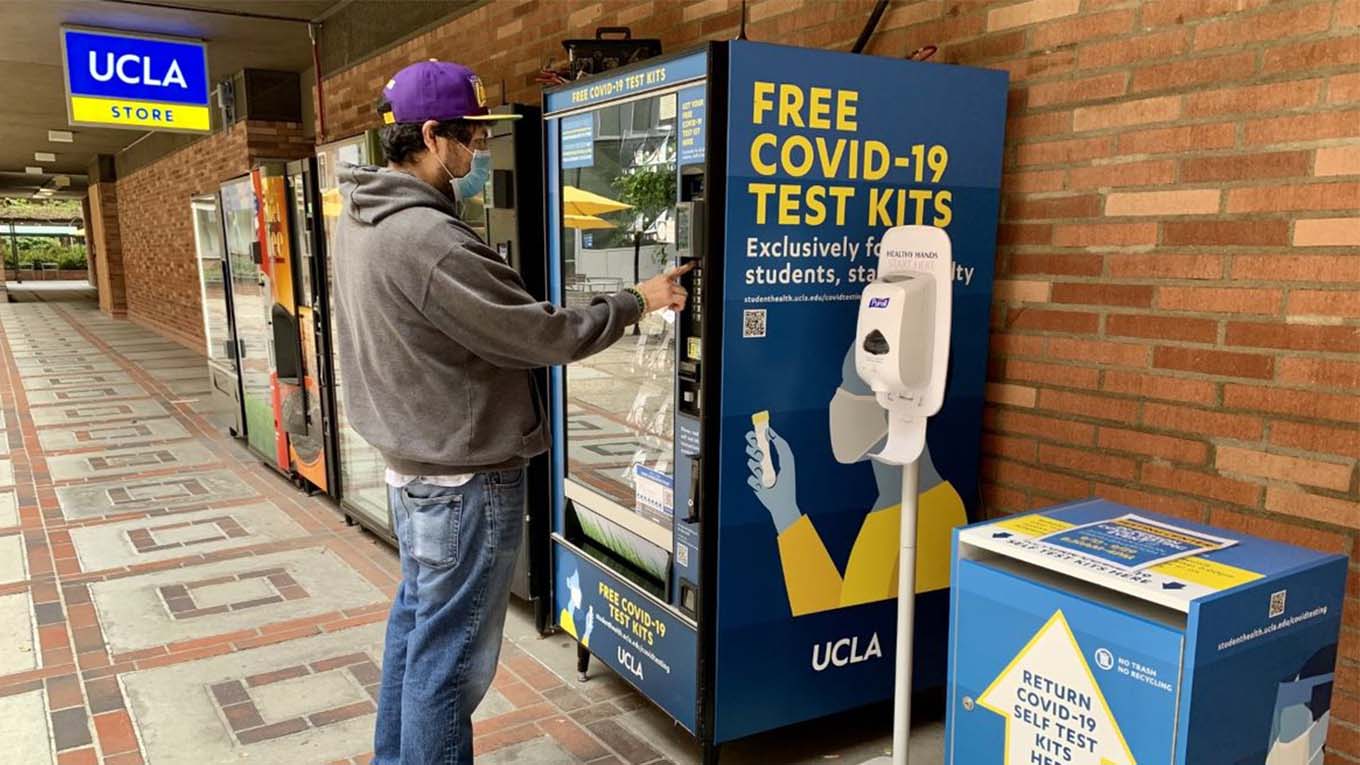
UCLA receives $13 million contract to expand COVID-19 testing
UCLA
UCLA’s diagnostic laboratory will be able to process up to 150,000 COVID-19 tests per day using SwabSeq, a sequencing technology developed at UCLA. The technology pools thousands of saliva samples and returns individual test results in less than 24 hours.
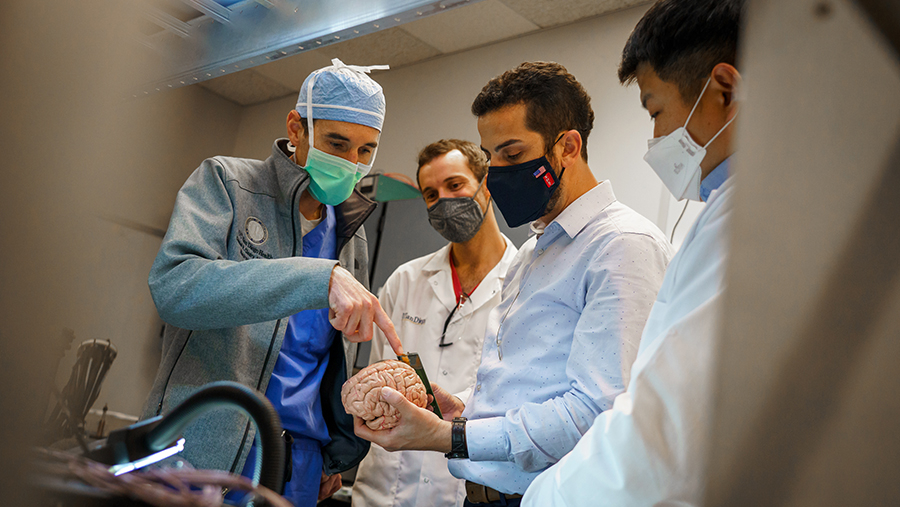
New Sensor Grids Record Human Brain Signals in Record-Breaking Resolution
UC San Diego
A team of engineers, neurosurgeons and medical researchers has published data from both humans and rats demonstrating that a new array of brain sensors can record electrical signals directly from the surface of the human brain in record-breaking detail. The new brain sensors feature densely packed grids of either 1,024 or 2,048 embedded electrocorticography (ECoG) sensors.


